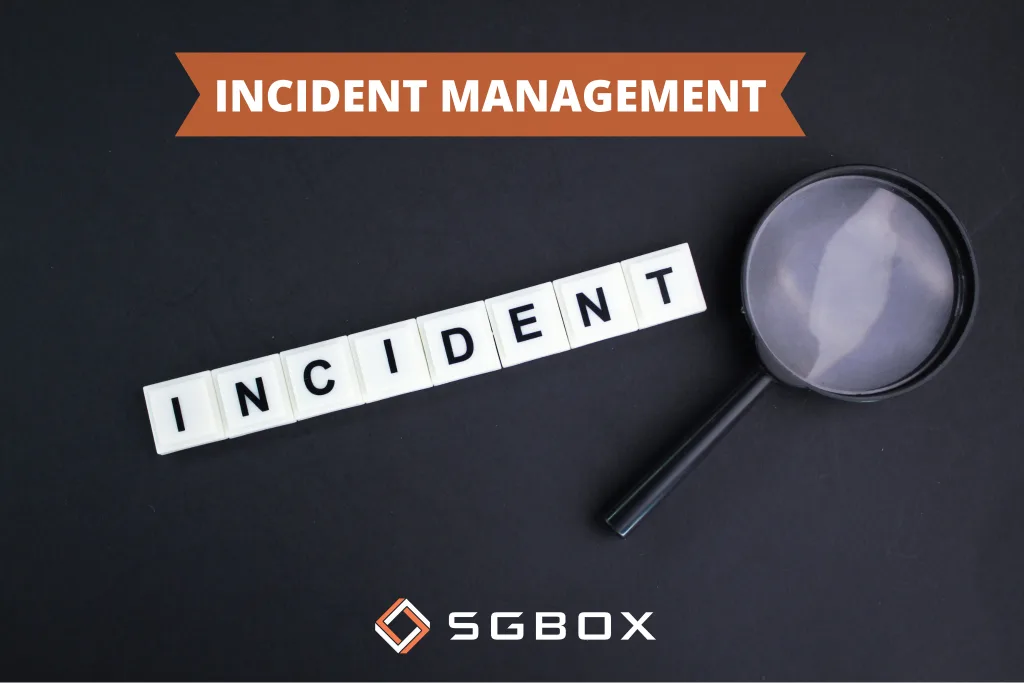Incident Management: what is and why it’s essential

The operational efficiency of a company is increasingly threatened by various types of cybersecurity risks. Fortunately, there is a key solution to swiftly and effectively handle such situations: Incident Management.
In this article, we will explore how this practice contributes to business success, outlining its meaning, objectives, and the fundamental steps of the incident management process.
What is Incident Management?
Incident Management is a strategic approach aimed at promptly managing and resolving technological incidents that may occur within a company.
Incidents can range from service disruptions to hardware issues, with the primary goal of mitigating negative impacts on operations and productivity.
Objective of Incident Management
The main objective of Incident Management is to restore IT services as quickly as possible, minimizing negative impacts on the company and ensuring operational continuity.
This approach focuses on resolving incidents effectively, with the least possible disruption to daily business activities.
In this regard, there are metrics to monitor to analyze the incident and restore the operation of IT systems.
Time To Detect (TTD)
The detection time is the time needed to detect the interruption manually or through automatic alerts from the start time.
IT security teams can adopt more comprehensive warning coverage with up-to-date signals to detect outages quickly.
Time To Mitigate (TTM)
Time To Mitigate is the time taken to mitigate the impact of the incident and restore IT services.
TTM forecasting can help you assess maintenance efforts and provide IT specialists with more information in business development.
Mitigation steps are temporary solutions until the root cause of the problem is resolved. Finding a better TTM helps increase service availability.
Many companies rely on systems in multiple countries in active-active mode and redirecting traffic to very different regions to mitigate incidents more quickly.
Similarly, service-level or node-level redundancy helps mitigate faster in some situations.
Time of resolution (TTR)
The time for resolution is the time taken to completely resolve the incident from the beginning of the event.
The “Time To Resolution” helps to better understand the organization’s ability to detect and correct root causes.
Because troubleshooting is a significant part of the resolution lifecycle, teams can adopt sophisticated observability tools to help engineers find root causes faster.
The 8 Steps of Incident Management Process
1 – Incident Logging: the first phase involves collecting and recording detailed incident information, providing a solid foundation for the subsequent resolution process.
2 – Incident Categorization: incidents are classified into specific categories to facilitate targeted management and efficient resolution.
3 – Incident Prioritization: assigning a priority level allows focusing on the most critical issues and ensuring timely intervention.
4 – Incident Assignment: the incident is assigned to a competent team or individual to initiate the resolution process.
5 – Task Creation and Management: necessary tasks are planned and managed to address and resolve the incident efficiently.
6 – SLA Management and Escalation: adhering to Service Level Agreements (SLAs) is crucial to ensuring a timely response and maintaining customer trust.
7 – Incident Resolution: through the implementation of targeted solutions, the goal is to resolve the incident as quickly as possible.
8 – Incident Closure: after resolution, the incident is closed, and a post-incident analysis is conducted to identify future improvements.
Benefits of Incident Management for Businesses
Implementing a robust Incident Management system offers several advantages for businesses of all sizes.
In addition to ensuring quick incident resolution, it contributes to improving corporate reputation, customer trust, and reducing costs associated with service interruptions.
Incident Management is an essential practice for companies looking to protect their IT infrastructure and ensure operational continuity.
Implementing a structured approach and following key steps can make the difference between a brief interruption and a significant impact on business operations.




